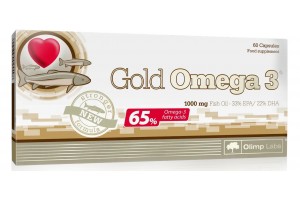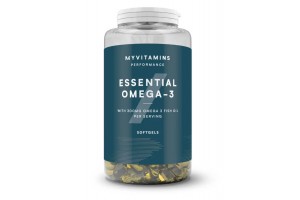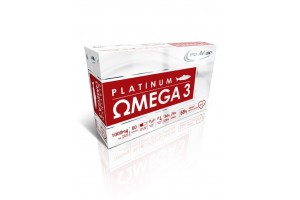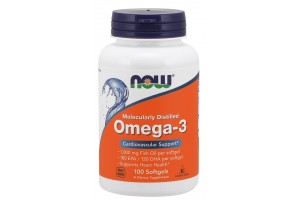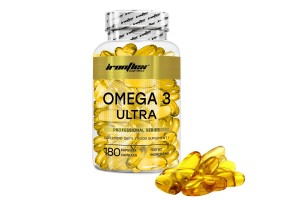Before we get to the point of the article, it should be noted that polyunsaturated fats are very important in the diet of every athlete, especially for those who eat little sea fish. They help maintain healthy blood and thus protect us from stroke and other diseases associated with the deposition of cholesterol on the walls of blood vessels.
Perhaps many of you have already heard that omega can dissolve foam, some experts present this as an advantage, while others say that it is on the contrary a significant disadvantage of such products. Immediately note that the quality of additives does not depend on this factor. If it is a manufacturer from the EU or the USA, then such drugs will be of good quality in both cases.

Let's look at this issue in more detail and consider a few misconceptions about foam and the effect of healthy fats on it:
- Omega-3 dissolves atherosclerotic plaques
Most likely, this myth came from the managers of network companies that sell such products. At the presentations of their products, they demonstrate this test with foam and after it declare that if fat dissolves the foam, then it will easily cope with atherosclerotic plaques. I'm sorry, but this is actually utter nonsense. Why? To dissolve the plaques, the drug must get into the bloodstream bypassing the gastrointestinal tract. Useful fats enter the body through the stomach and undergo several stages of transformation and only then are absorbed through the wall of the small intestine and then enter the blood. Thus, the "foam test" has nothing to do with the health and dissolution of atherosclerotic plaques.
- If omega-3 drugs dissolve foam, they are harmful to health
This is also a misconception and has no basis in fact. Many people think that if fats can affect the foam, they will have a bad effect on the internal organs: the stomach and intestines. Once in the stomach, omega 3 goes through a series of transformations and only then enters the blood. With the stomach, too, nothing will happen, since the acidic environment of the stomach is higher than the acidity of the drug.
What is the reason for the ability of omega-3 to dissolve foam?
The effect of additives with polyunsaturated fats on foam depends on the form in which they are in the preparation. In sports nutrition products, they can be in the form of triglycerides and in the form of an ethyl ester. It is the ethyl esters that dissolve.Triglycerides-do not dissolve. If we go a little deeper into the "gap", we learn that one of the chemical properties of a compound is its polarity (the difference in the electric charge between the opposite ends of the molecule). There are many examples of both polar and non-polar natural compounds in the body, our diet, and the environment. Chemists know that polar compounds such as ethanol and water do not dissolve non-polar materials such as Styrofoam. Only non-polar compounds can dissolve Styrofoam, which is also non-polar. The observation that the ethyl ester form of omega is capable of dissolving Styrofoam simply reflects the fact that the polarity of EE is extremely similar to Styrofoam. The EE form of omega-3 fish oil has been rated very safe by all regulatory agencies, including the FDA, which has taken into account a huge amount of scientific data.
Pay attention to our other article with similar content: Triglyceride or ethyl ester form of fish oil?
Drugs obtained from natural sources and not processed in the laboratory are in the form of triglycerides. Does this mean that products in the form of triglycerides are better?
Without delving into biochemistry, we note that fish fats are in the form of triglycerides. The Ethyl Ester form is a laboratory-modified form of fish oil in which the glycerol "backbone" of the molecule is replaced with ethyl. This manipulation increases the concentration of eicosapentaenoic (EPA) and docosahexaenoic (DHA) acids. EPA and DHA is actually something that is valued in the fish fat. This manipulation is usually resorted to by fish oil producers, they just try to maximize the concentration of useful substances.
In natural Omega 3 containing triglycerides, the average content of EPA and DHA is approximately 30%, i.e. 300 mg per 1000 mg of fat. By artificially changing the molecular composition to Ethyl Ester form, some manufacturers pack up to 600-700 mg of EPA and DHA in 1000 mg of fat.
The main conclusion of our article is that omega-3 fats of both forms are equally useful and their effect on foam does not affect the effectiveness and safety of such additives.
1 reviews / Write a review
